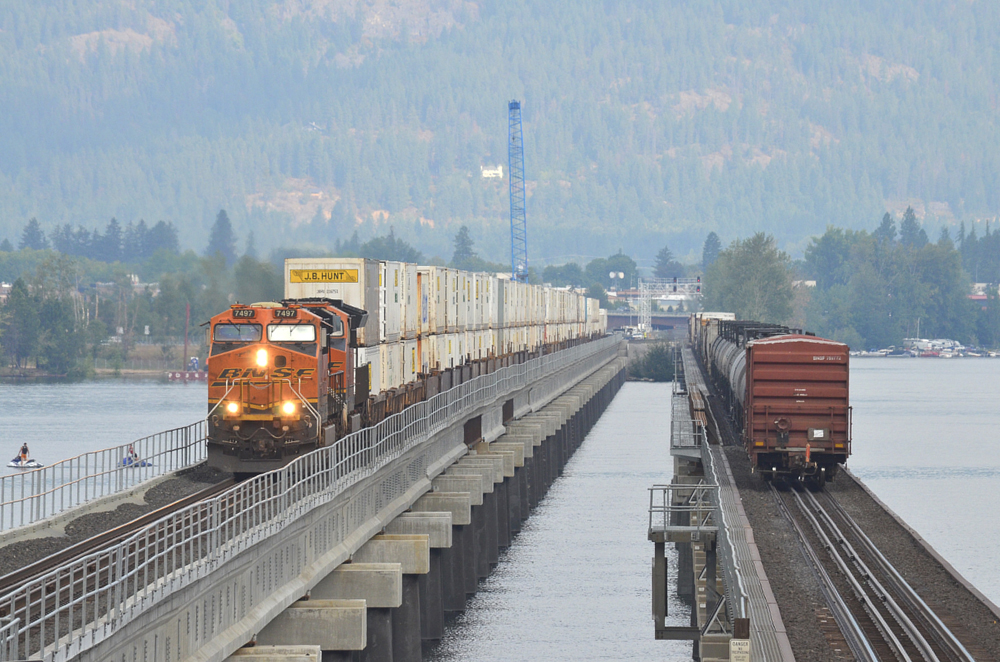
SANDPOINT, Idaho — Thanks to an all-day work window on Aug. 6, 2023, the final track segments have been put into place to complete BNSF Railway’s 2-mile double-tracking project at the east end of its busy “Funnel” between Spokane, Wash., and Sandpoint.
Completion of the new 4,873-foot bridge across Lake Pend Oreille in November 2022 — a project that began in 2019 — was followed by reconstruction of the adjacent Northern Pacific bridge dating to 1904 [see “Work in progress to upgrade BNSF’s old Sandpoint bridge,” Trains News Wire, May 23, 2023]. That laid the foundation for putting a second main into service between Sandpoint Junction — where BNSF and Montana Rail Link converge — and the previous end of double track at East Algoma.
Adding the second main also required construction of a pair of smaller bridges in Sandpoint, one over Sand Creek and the other over Bridge Street. At the ex-NP Sandpoint depot, served by Amtrak’s Empire Builder, addition of the second track required removal of most of the existing platform and relocation of a small structure which stores a wheelchair lift.
BNSF and MRL no longer make physical connection at what used to be Sandpoint Junction, just north (railroad east) of the depot. Instead, there’s now a control point with dual crossovers located just northwest of the two big bridges, adjacent to where Sand Creek empties into Lake Pend Oreille. During the Aug. 6 window, which suspended all train traffic on BNSF through Sandpoint, several high-priority BNSF trains were rerouted over Union Pacific between there and Spokane.
“The completion of this bridge is a big win for our customers and the community, especially before the start of the fall harvest season,” John Cech, vice president of engineering for BNSF, said in a press release. “This milestone is thanks to many team members spanning across multiple departments who collaborated to help improve the consistency of our service. This bridge will be critical moving forward to address our long-term growth and will allow us to meet customer expectations for the next century or more.”
More information on the project is available here.
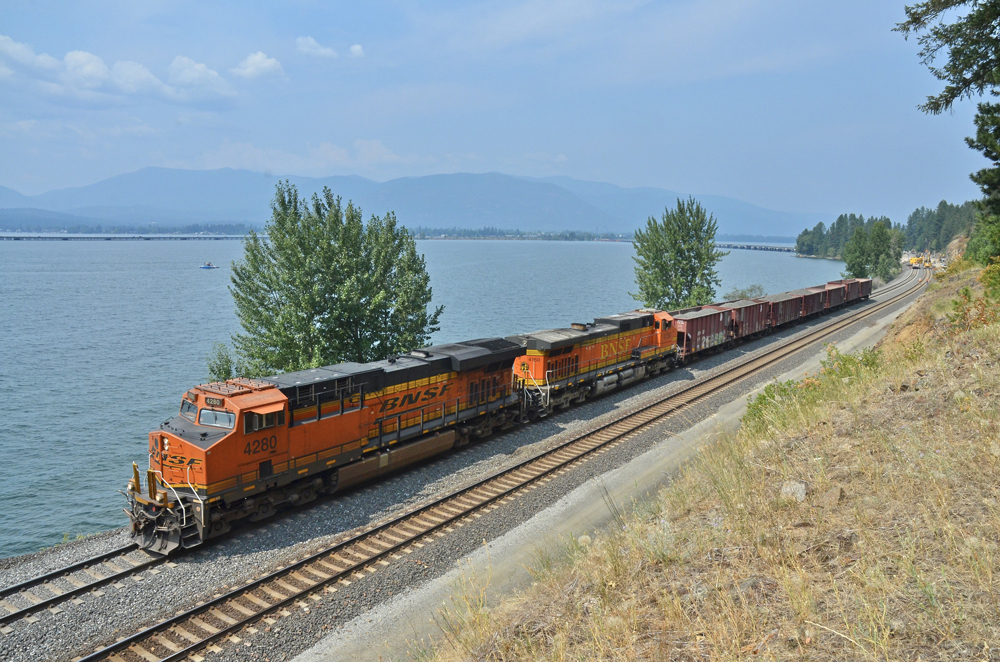






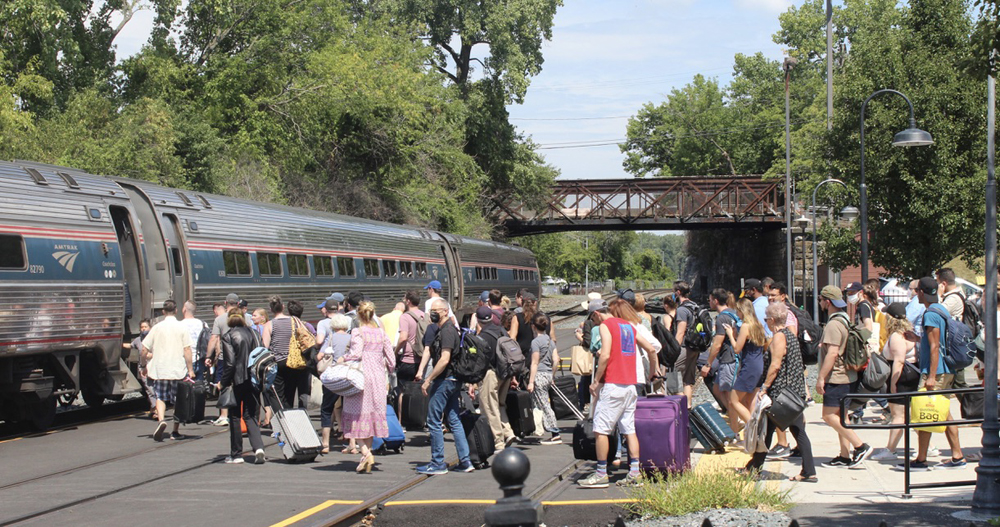
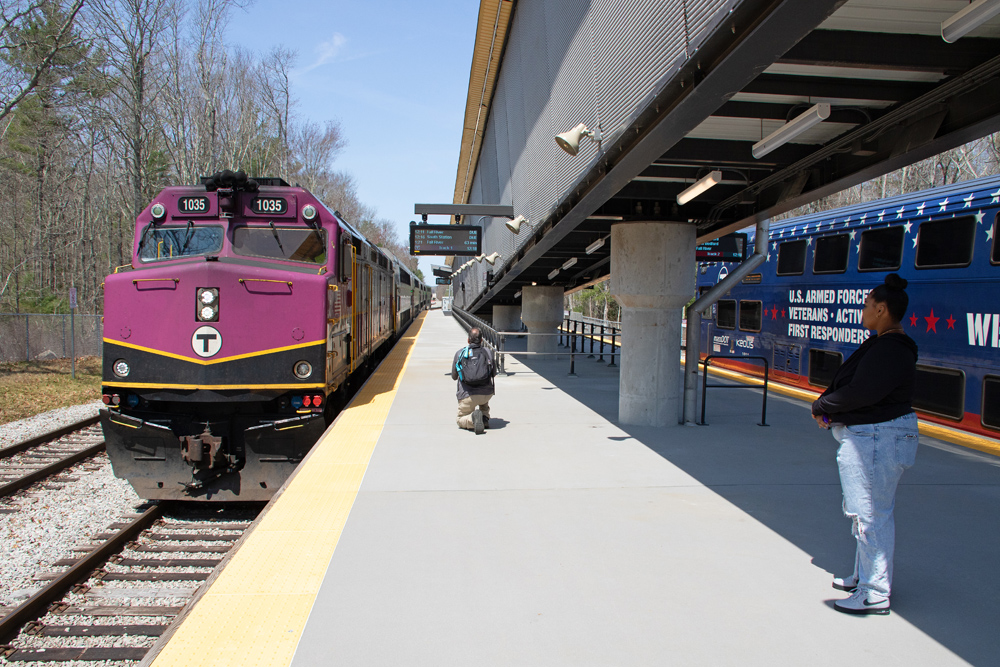
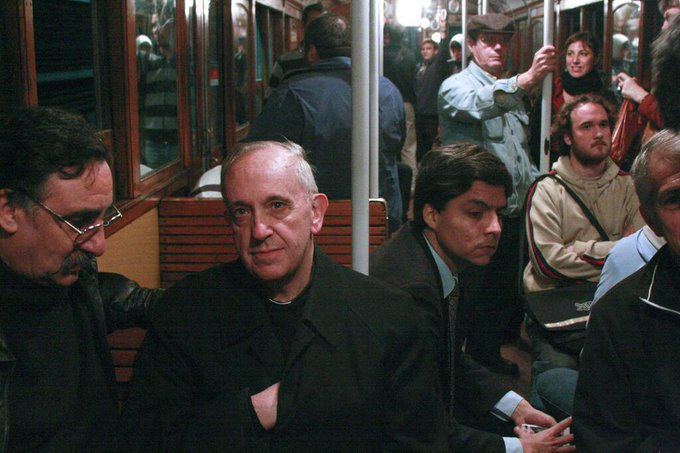





Nice and useful piece of work.
Dr. Güntürk Üstün
Lake Pend Oreille in the northern Idaho Panhandle is the largest lake in the U.S. state of Idaho and the 38th-largest lake by area in the United States, with a surface area of 148 square miles (380 km2). It is 69 kilometres (43 mi) long, and 1,152 feet (351 m) deep in some regions, making it the fifth-deepest in the nation and having a volume of 43,939,940 acre feet = 54 km3. The lake is fed by the Clark Fork River and the Pack River, and drains into the Pend Oreille River, as well as subsurfacely into the Spokane Valley–Rathdrum Prairie Aquifer. It is surrounded by national forests and a few small towns, with the largest population on the lake at Sandpoint. The words “Pend Oreille” are French for an ear-hanging or pendant. Ear pendants were characteristic of the Kalispel tribe (The area around the lake is the traditional home of the Kalispel Indian peoples). The lake is shaped much like a human ear when viewed from above or on a map.
Dr. Güntürk Üstün
I didn’t realize that this lake was so big or so deep. Thanks Dr. for the information. At 1,152 feet deep, it is deeper than all Great Lakes except Lake Superior.
“addition of the second track required removal of most of the existing platform and relocation of a small structure which stores a wheelchair lift.”
So, was rebuilding the platform along the new Kootenai River subdivision main track been done, and if not, what is the timeline for doing so and who will do it?
Suggested correction to the second paragraph: Completion of the new 4,873′ bridge …
Fixed. Thanks.